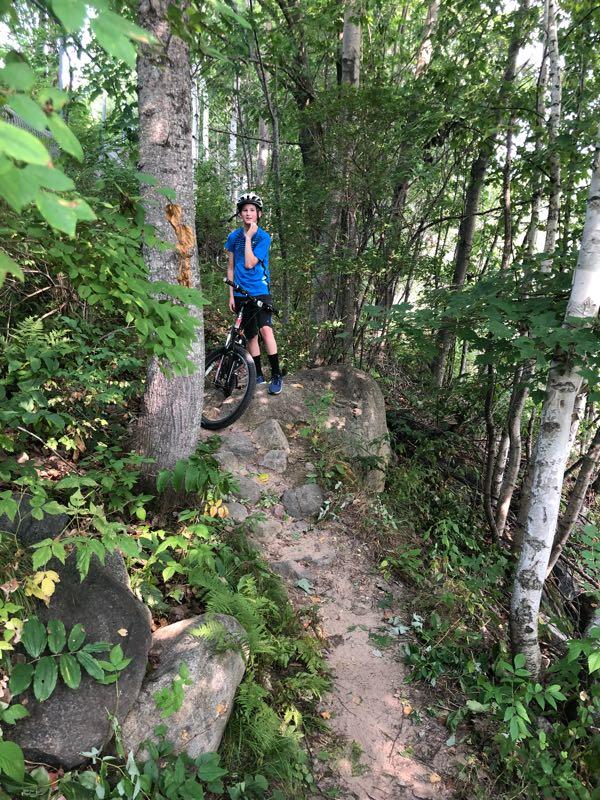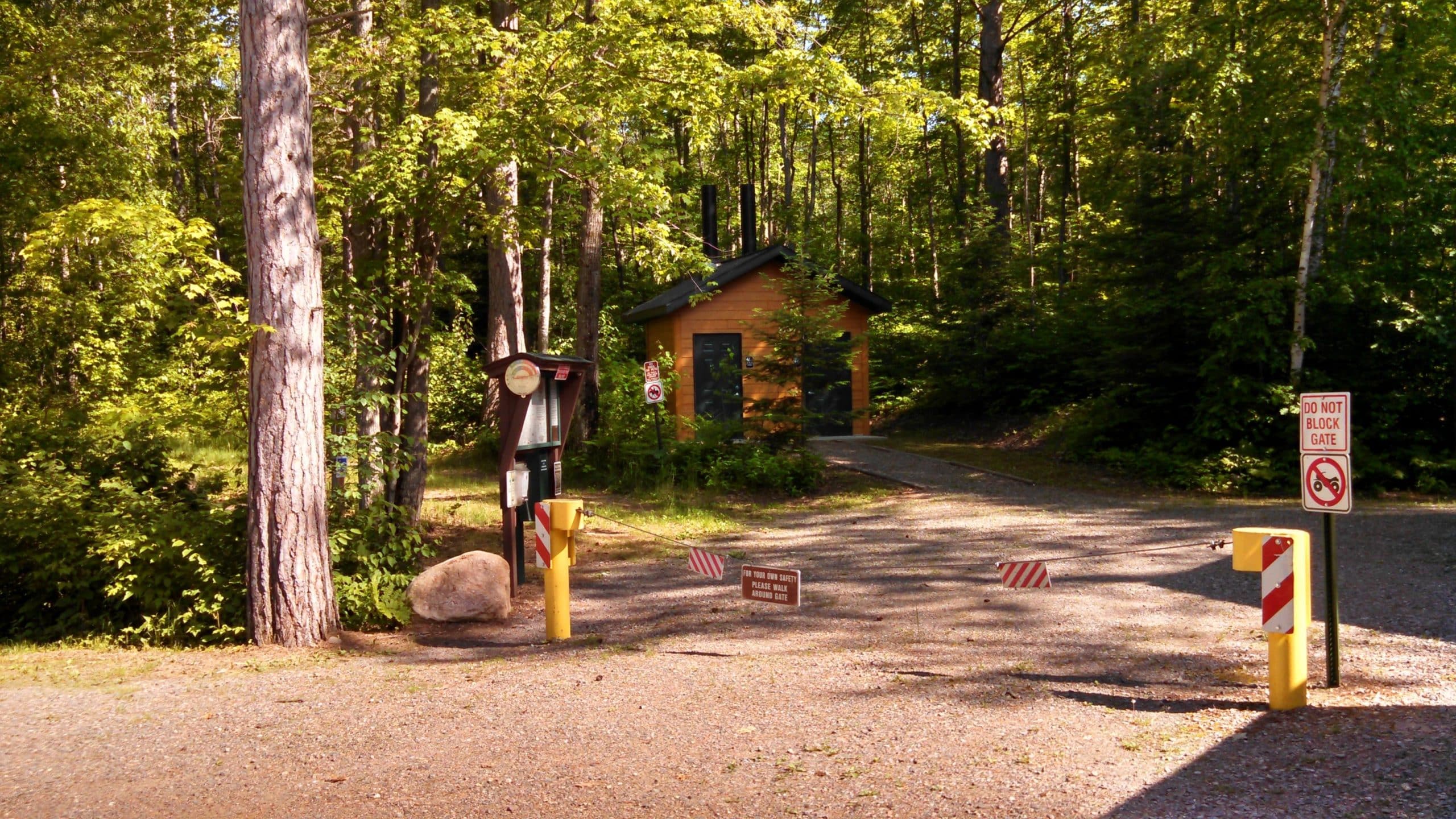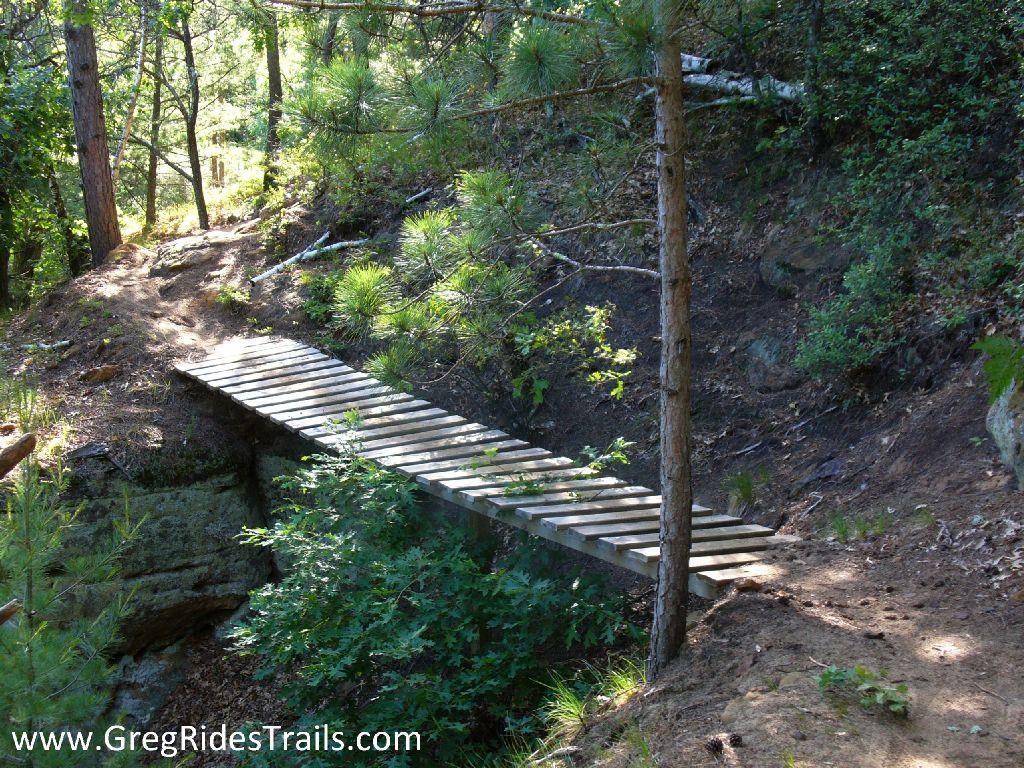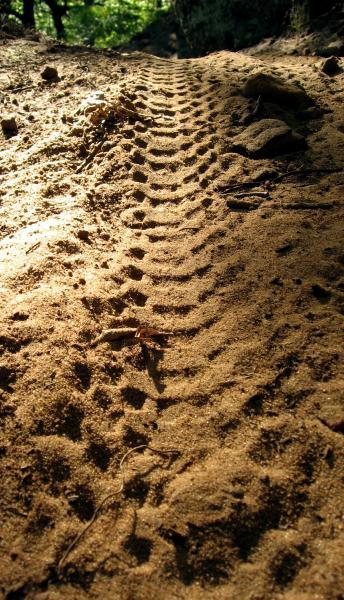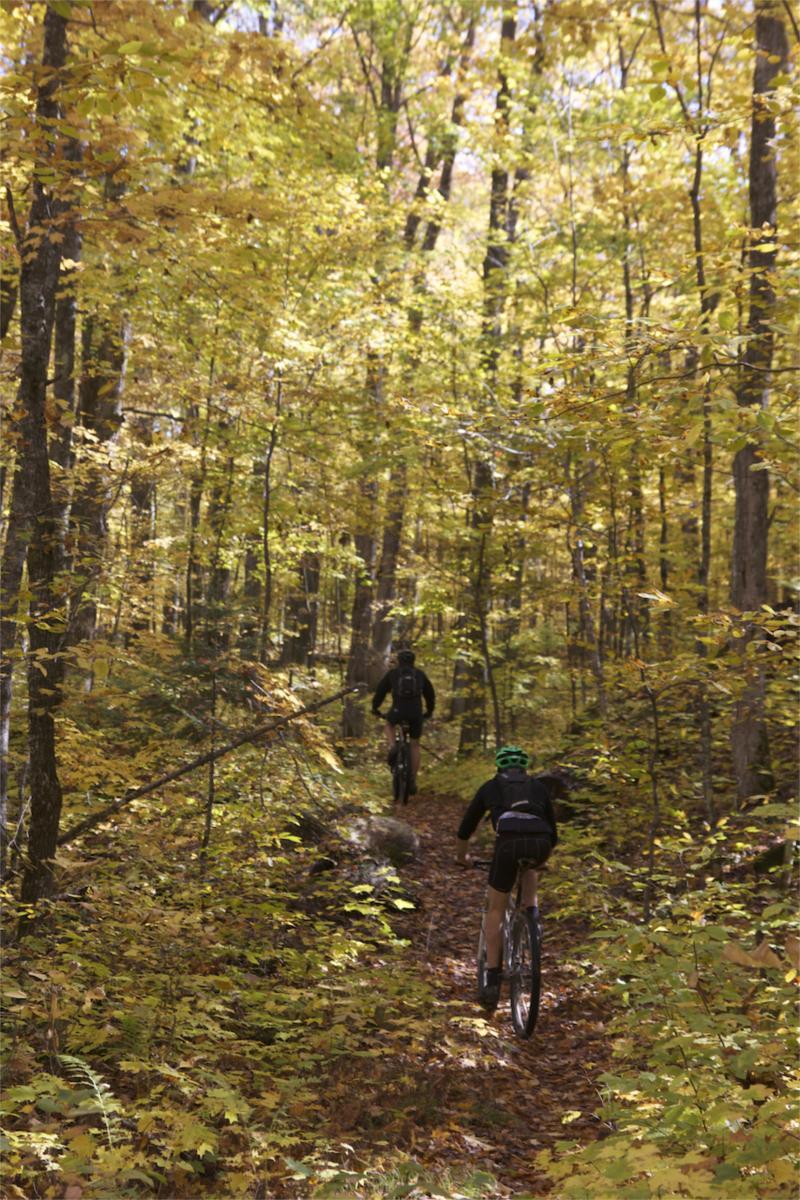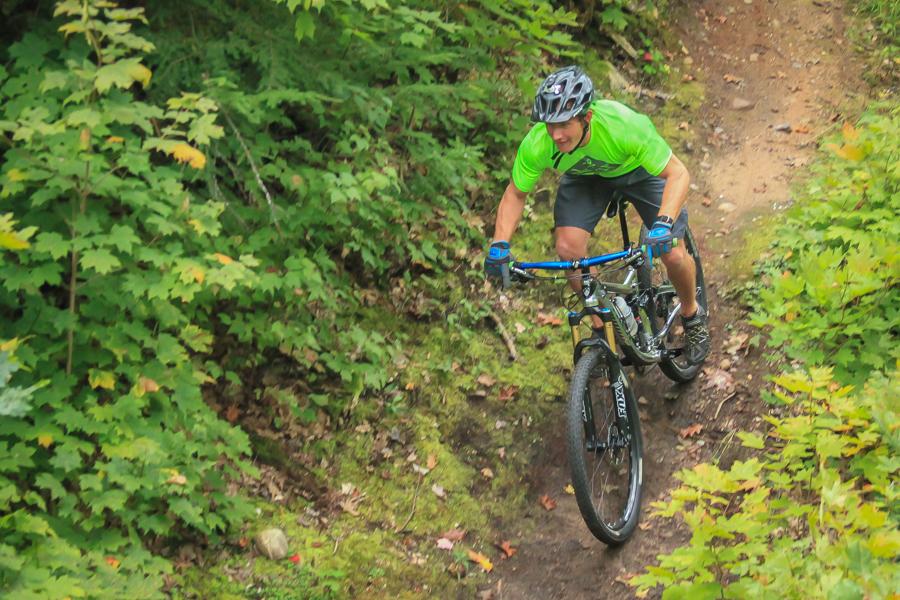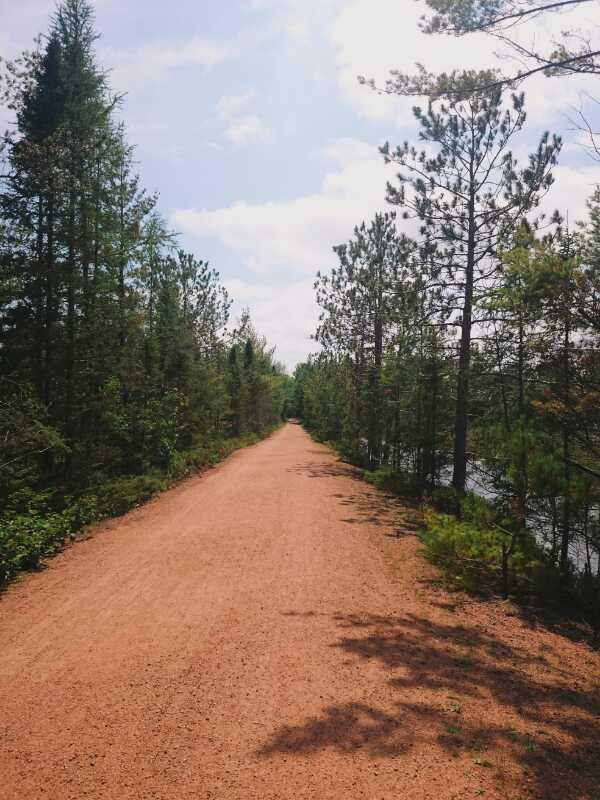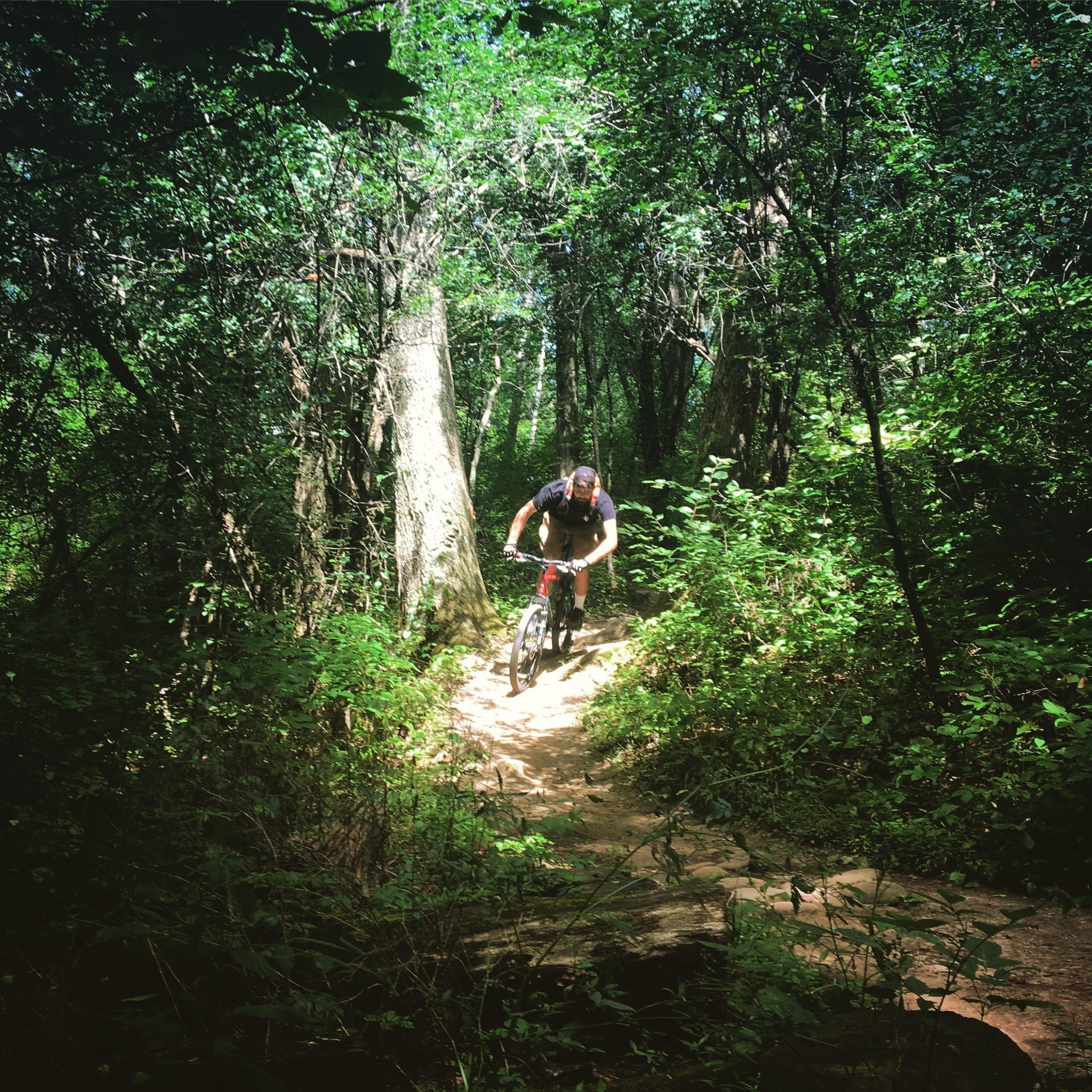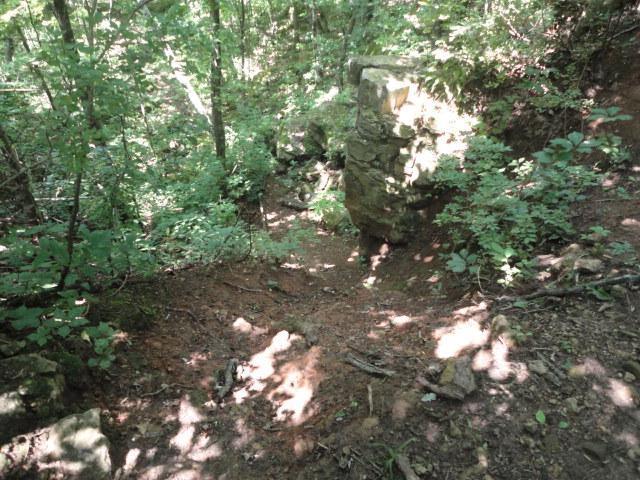Wisconsin: Area Description
Wisconsin is a state located in the north-central region of the United States. The state offers a unique blend of natural beauty, cultural heritage, and modern amenities, making it a great place to live, work, and visit. Nicknamed America’s Dairyland, Wisconsin is renowned for its dairy farming, cheese-making, and brewing industries.
Geography of Wisconsin
Lake Michigan borders Wisconsin to the east, while the Mississippi River and St. Croix River borders the state to the west. The northern part of the state is characterized by dense forests, rolling hills, and numerous lakes and rivers. The Chequamegon-Nicolet National Forest covers over 1.5 million acres in the north, providing ample opportunities for outdoor recreation, including hiking, fishing, and camping.
Central Wisconsin is home to the state's largest city, Milwaukee, and is known for its rolling hills and fertile farmland. It's also home to several large lakes, including Lake Winnebago, which is the state's largest inland lake.
The southern part of Wisconsin is characterized by the Driftless Area, known for its rugged terrain, deep valleys, and steep bluffs. This area was left untouched by glaciers during the last ice age and is one of the most geologically unique areas in the state.
The prevailing landscape for the bike trails in Wisconsin is forests and woods, as the state has abundant forested areas, particularly in the northern part of the state. The Chequamegon-Nicolet National Forest and the Northern Highland-American Legion State Forest are two examples of the many forested areas in the state that provide a beautiful backdrop for mountain biking.
| Land Area |
65,496 sq. mi. |
| Minimum Elevation |
564 ft. |
| Maximum Elevation |
1,909 ft. |
Demographics of Wisconsin
Wisconsin is home to 5,904,977 people, with 71.7% being born in the state while 23% were born in another US state. 0.7% were born outside the US to American parents, while 4.6% are foreign-born. German is the largest ancestry group in Wisconsin, with 40.5%.
Irish follows closely with 10.8% while Polish comprises 8.8%. Norwegian and English ancestries make up 7.7% and 5.7% of the population. Wisconsin is predominantly White, with over 80% of the population identifying as non-Hispanic white. 6% of the population is Black, while 3% is Asian. Native Americans make up only 1% of the total population in Wisconsin.
| Total Population (in 2023) |
5,904,977 |
| Population Density |
90.1/mi2 |
Climate of Wisconsin
Wisconsin's climate has four distinct seasons, with relatively cold winters and warm summers. The state's location in the north-central region of the United States means that it is affected by continental and maritime air masses, resulting in a mix of weather patterns throughout the year.
The south and southwestern portions of Wisconsin are classified as having a hot-summer humid continental climate, but the rest has a warm summer humid continental climate. In the summer months, temperatures in Wisconsin typically range from the mid-70s to the low 80s Fahrenheit, with occasional heat waves bringing temperatures into the 90s Fahrenheit.
Humidity can also be high during the summer months, particularly in the southern part of the state. Thunderstorms are common during the summer months, with the potential for severe weather including hail, strong winds, and tornadoes. Winter in Wisconsin can be cold and snowy, particularly in the northern part of the state.
Average temperatures in the winter months range from the mid-10s to the low 20s Fahrenheit. Snowfall is common throughout the state, with some areas in the northern part of the state receiving over 100 inches of snow per year.
Spring and fall are generally the best times to go mountain biking in Wisconsin, as the weather is warmer and drier, which makes for better trail conditions and easier riding.
Average temperature by months
|
|
High |
Low |
|
Milwaukee |
Madison |
Superior |
Milwaukee |
Madison |
Superior |
| Jan |
30°F |
28°F |
23°F |
18°F |
14°F |
7°F |
| Feb |
33°F |
32°F |
27°F |
21°F |
17°F |
11°F |
| Mar |
43°F |
45°F |
37°F |
30°F |
28°F |
22°F |
| Apr |
55°F |
59°F |
50°F |
39°F |
39°F |
33°F |
| May |
65°F |
70°F |
61°F |
48°F |
49°F |
41°F |
| Jun |
75°F |
79°F |
71°F |
59°F |
59°F |
50°F |
| Jul |
80°F |
82°F |
77°F |
65°F |
63°F |
58°F |
| Aug |
78°F |
80°F |
75°F |
64°F |
61°F |
57°F |
| Sep |
71°F |
72°F |
66°F |
56°F |
53°F |
49°F |
| Oct |
59°F |
59°F |
53°F |
45°F |
42°F |
39°F |
| Nov |
46°F |
45°F |
39°F |
34°F |
30°F |
27°F |
| Dec |
34°F |
32°F |
27°F |
23°F |
19°F |
13°F |
Infrastructure in Wisconsin
Wisconsin has a well-developed transportation infrastructure, with a network of highways and interstates that provide easy access to most areas of the state. In addition, many of the state's cities and towns have public transportation systems, including bus services, that cyclists can use to reach their destinations.
Wisconsin also has various facilities and amenities catering to cyclists' needs. Many towns and cities have bike rental shops, repair shops, and storage facilities; some even offer guided bike tours. Additionally, many of the state's parks and recreational areas have bike racks and restrooms, making it easy for cyclists to take a break and enjoy the scenery.
Plenty of hotels, motels, and bed and breakfasts throughout the state cater to travelers, including cyclists. Many of these accommodations offer amenities such as bike storage and repair facilities and discounts for cyclists. Gas stations and cafés are also plentiful throughout the state.
Sights and Landmarks in Wisconsin
While mountain biking in Wisconsin, you may encounter a variety of stunning natural landscapes and historic landmarks. As you ride through the forests and woodlands of Wisconsin, you may come across pristine lakes and rivers, rugged hills and valleys, and rolling meadows. You may also encounter various wildlife, from deer and foxes to birds of prey and songbirds.
Wisconsin is also rich in history and culture. You may pass by historic homes and buildings along your route, such as Frank Lloyd Wright’s Taliesin in Spring Green or the Pabst Mansion in Milwaukee. You may also encounter museums and cultural centers, such as the unique one of its kind Harley-Davidson Museum in Milwaukee or the Milwaukee Art Museum featuring a collection of over 30,000 works of art, including paintings, sculptures, and decorative arts.
FAQ
Is Wisconsin good for cycling?
Despite the temperature variations throughout the year, Wisconsin is still a great destination for cycling. While the colder months of the year can make cycling more challenging, the state's numerous trails and routes offer plenty of opportunities for cycling enthusiasts to enjoy the outdoors throughout the year.
Are there any beginner-friendly bike trails in Wisconsin?
There are plenty of beginner-friendly bike trails in Wisconsin. Bearskin Trail in Minocqua is a compacted granite surface with plenty of shade, making cycling comfortable for novice riders. Others include College Street Park Trail in Spooner and Camp Vits in Manitowoc.
Do I need an entry fee to access the bike trails in Wisconsin?
Most of the bike trails in Wisconsin are open to the public and do not require an entry fee. However, the state charges a state trail pass for people aged 16 or older in State Parks. It’s always advisable to inquire ahead of time about the fees before hitting the road.

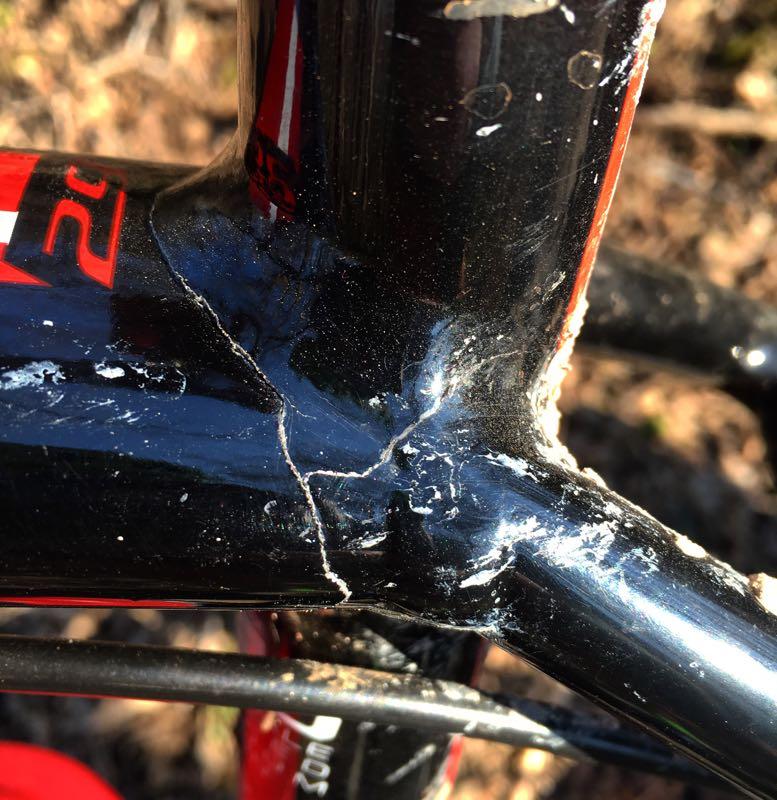
 2 mi
2 mi
